The temperature in Changji, a Hui autonomous prefecture in northwest China’s Xinjiang Uygur Autonomous Region, reached 40 degrees Celsius on Saturday afternoon. But many people were still queuing up to buy some Hui fried snacks under the burning sun.
From street food to ritual dishes, Xinjiang is justifiably famous for its cuisine. It is home to several ethnic minorities, and it is a place where the cultural diversity brings about a bewildering array of options for food.
To truly taste the diverse culture of Xinjiang, CGTN invites you to grab a bite of the region's culinary specialties and here are things you do not want to miss eating:
Lamb skewers
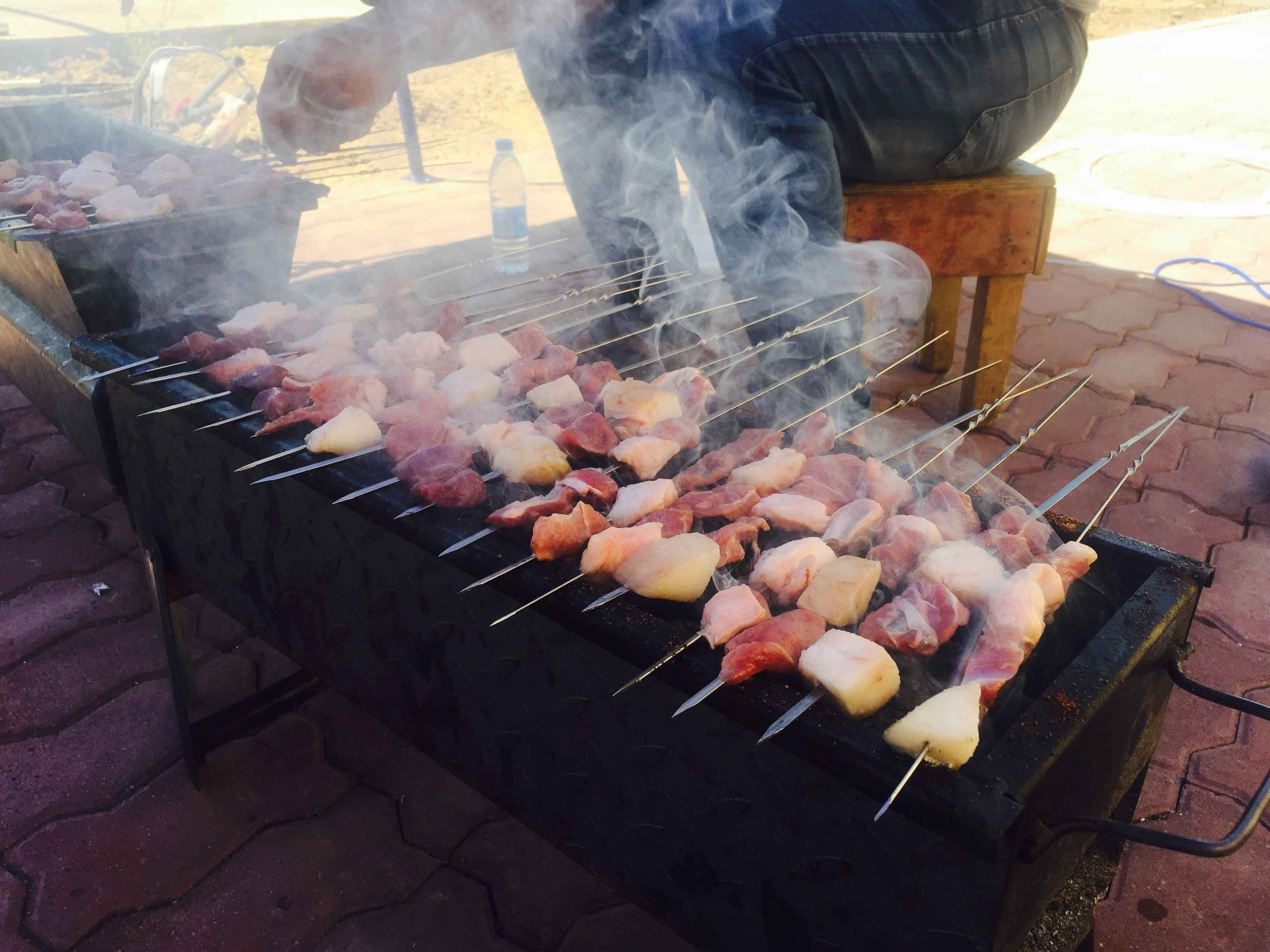
Lamb skewers /CGTN Photo
One of the best reasons you should travel to Xinjiang is to eat Lamb skewers there. Despite that, the kebabs are seen in cities throughout China, but the cooked lamb with cumin and chili in Xinjiang has never disappointed food lovers.
Not all lamb tastes the same, just like the quality of steaks varies. The best kebabs are made with lamb combining both meat and fat in a balanced way. Most of the skewers are made of bamboo or steel, but Xinjiang cooks use twigs of tamarisk – a plant grows on saline soil – so as to give the greasy meat a better flavor.
Da Pan Ji
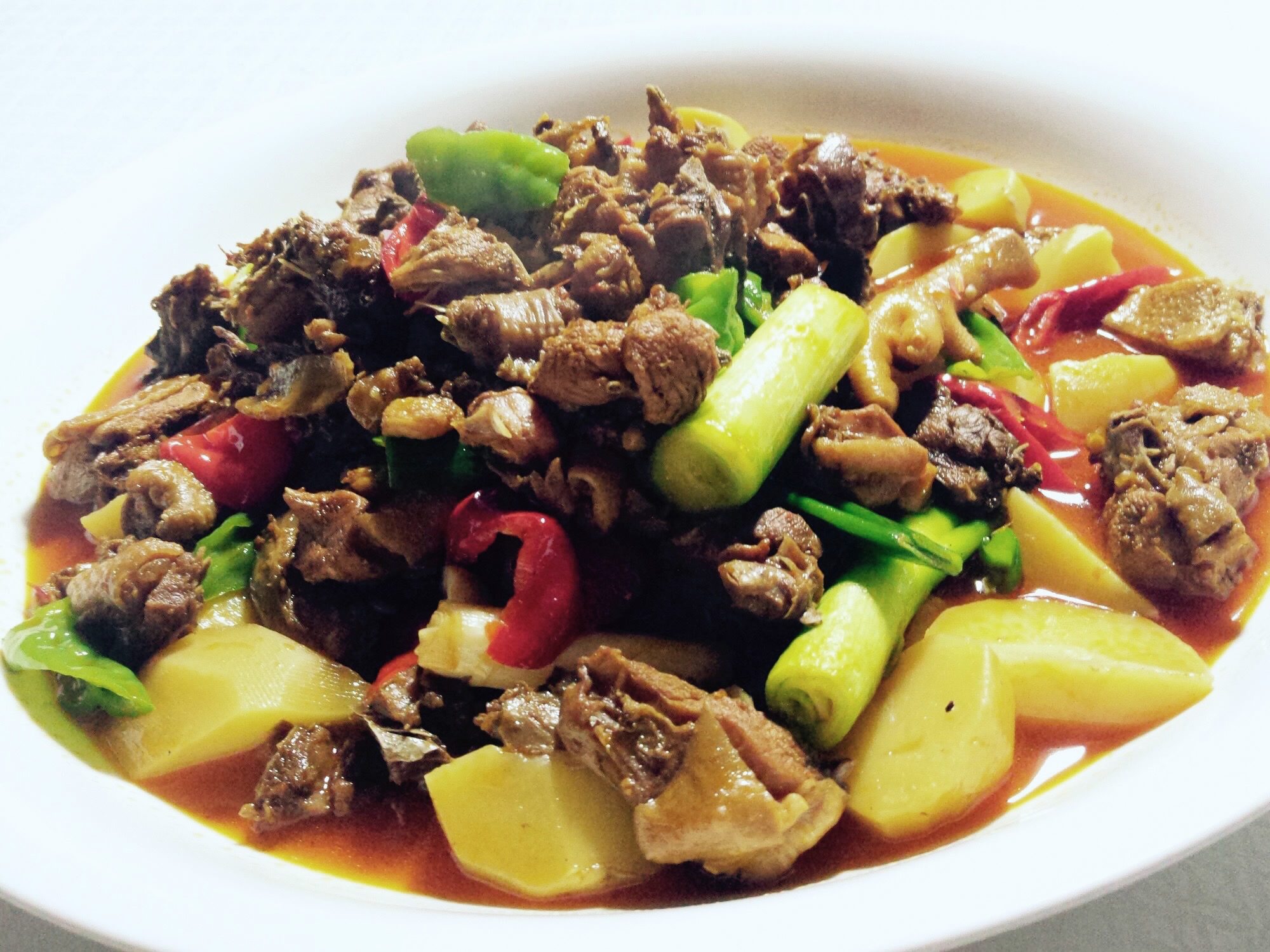
Da Pan Ji, or big plate chicken /CGTN Photo
Da Pan Ji, literally translated as “big plate chicken,” is a dish with delicious flavors. The main ingredient is chicken, cooked with peppers and potatoes. It was initially served in restaurants along Xinjiang’s highways for truck drivers and soon become a popular dish in the region.
As there are a thousand Hamlets in a thousand people’s eyes, there are also a thousand “Da Pan Ji” on a thousand people’s tongues.
Polo

Polo, or Hands grab rice /VCG Photo
Polo, literally translated as “hands grab rice,” is famous in many central Asian countries. If you are traveling in Xinjiang, you will find the rice with lamb and vegetables one of the cheapest and tastiest dishes. Lamb, carrots, and onions are stewed and then steamed with rice. Raisins and apricots are sometimes scattered on the plate.
Loghman
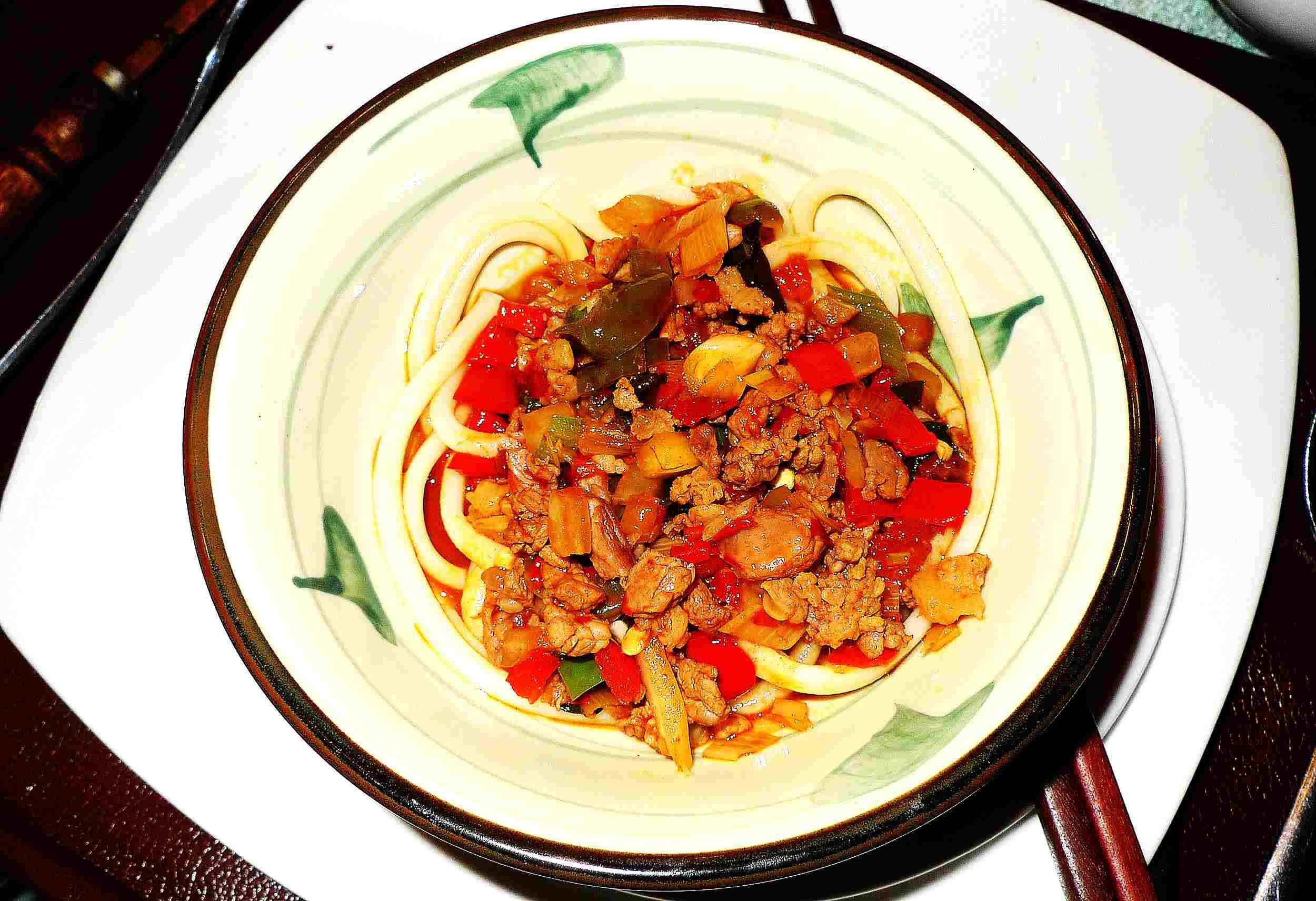
VCG Photo
Loghman is hand-made noodles cooked with beef or lamb meat, onions, tomatoes and bell pepper. It will be fun if you have a chance to watch the chef stretches a lump of dough until it becomes long and thin strands of noodles.
Nan
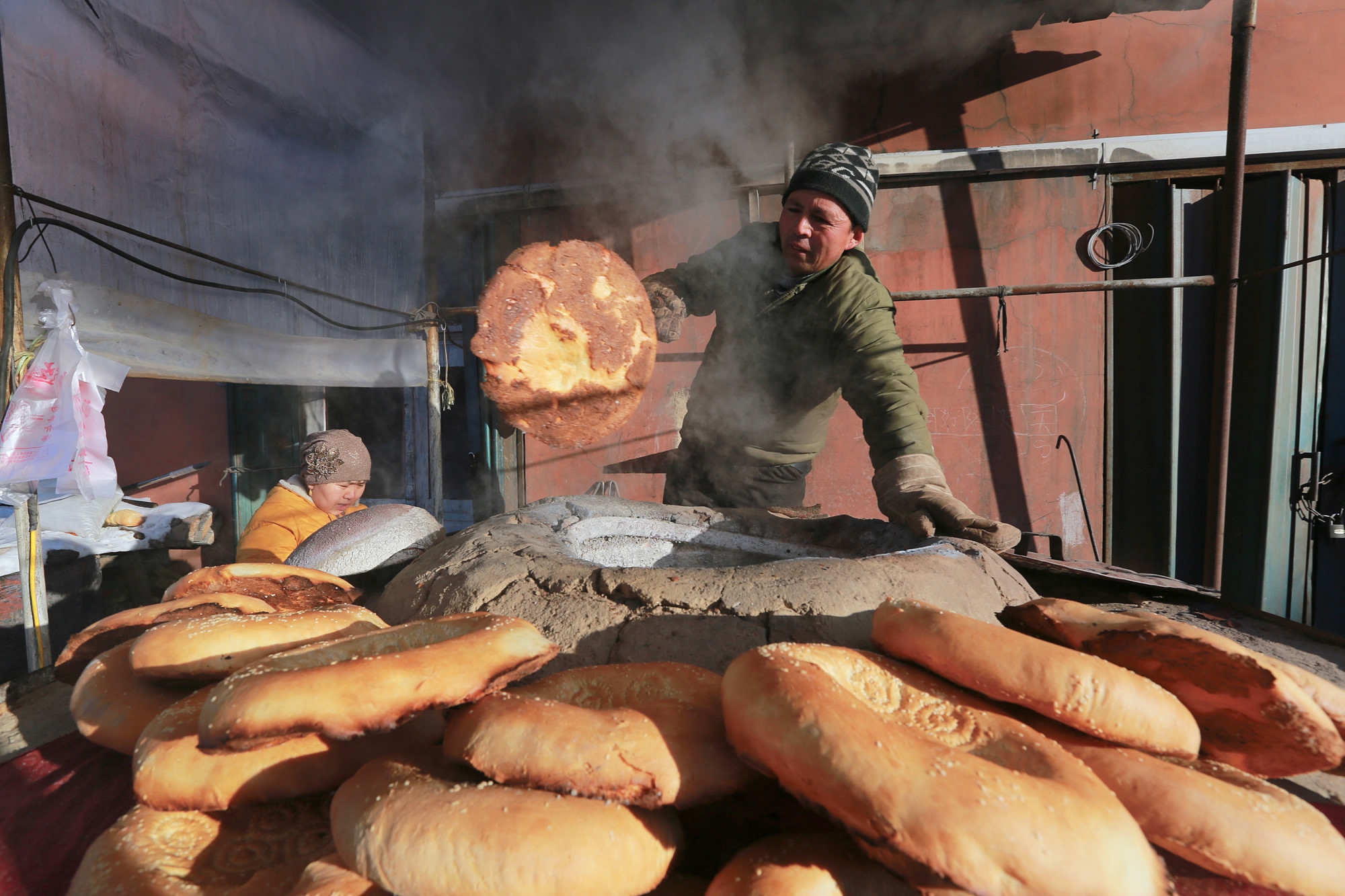
VCG Photo
Nan, baked in a tandoor, is a Uygur style bread that many people in Xinjiang take as a staple food. It can be covered with roasted meat or eaten with milk or yogurt.
Samosa
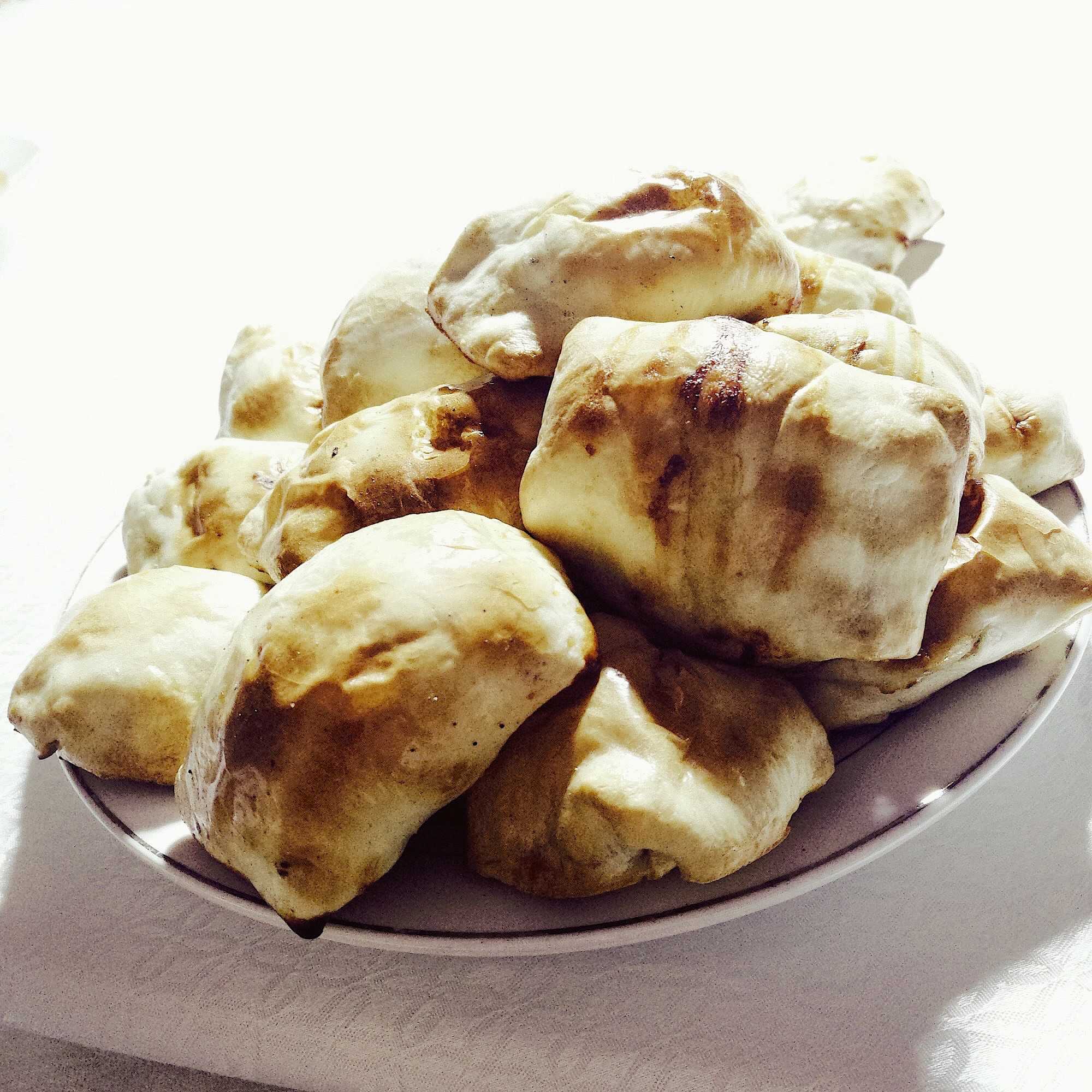
CGTN Photo
Samosa is a pie filled with meat, onion, and spices. It is also baked in traditional tandoor until the cover becomes crispy but the filling remains tender and greasy.
Fruits
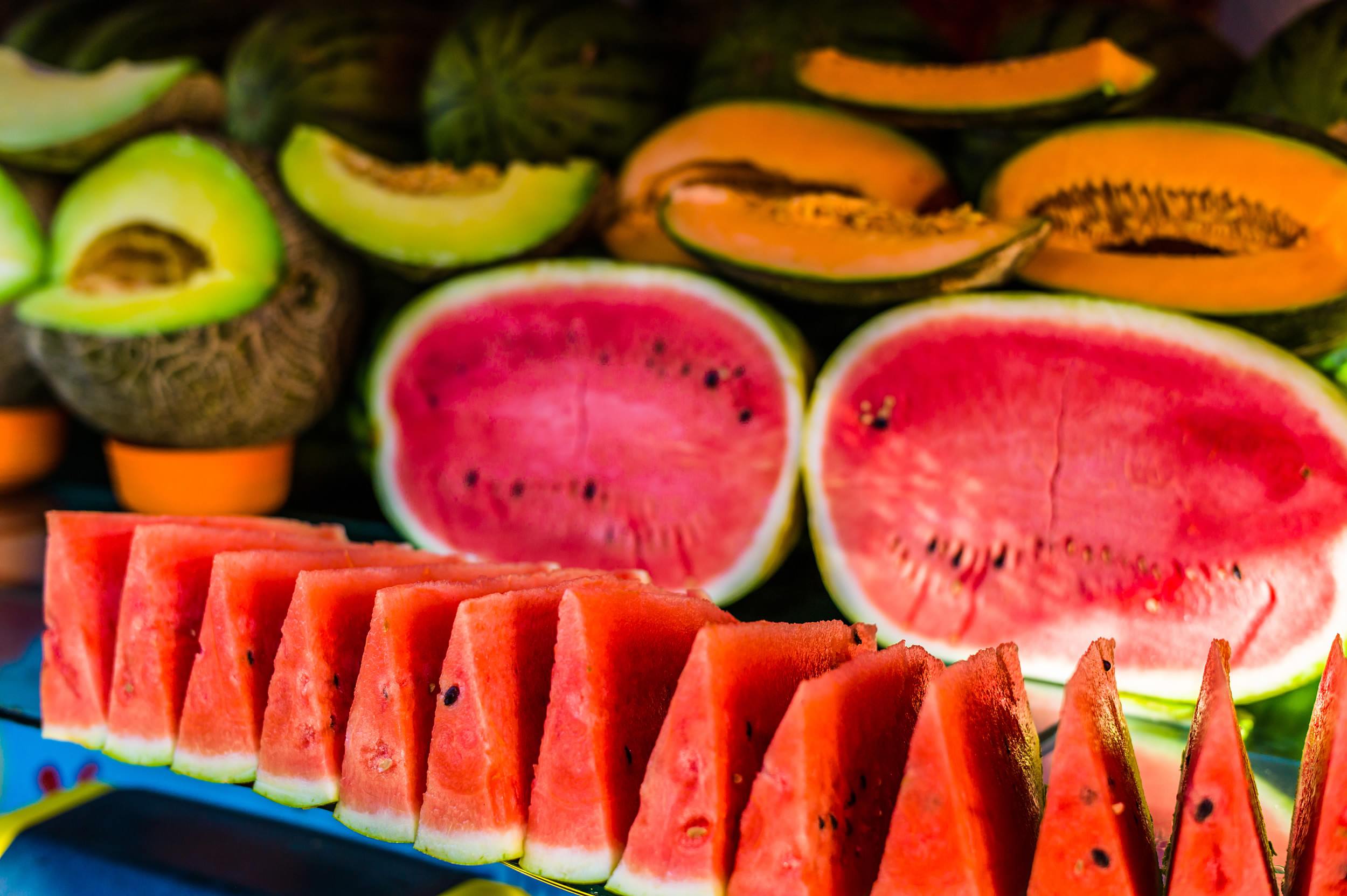
VCG Photo
Fruits are not food in a narrow definition, but Xinjiang enjoys a high reputation for its fruits no less than the cuisine. Plentiful sunshine and significant difference between daytime and nighttime temperatures make fruits in Xinjiang extraordinarily sweet and juicy.
Shanshan watermelon, Turpan grapes, Hami melon, Korla pears, Yecheng pomegranate, if you visit Xinjiang in summer, you will embrace a sweet wave of fruit feast as the region enters into the season of harvest.
The recommendations above do not cover all the dishes in the food paradise. The world of food in Xinjiang is waiting for you to explore.
Related stories:
Discover Xinjiang: Chinese medicine benefits neighboring countries
Discover Xinjiang: A closer look at Urumqi's international logistics hub









